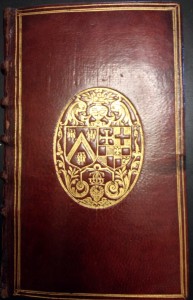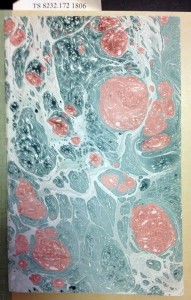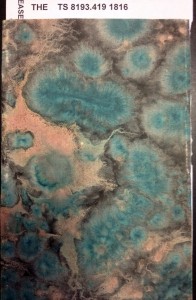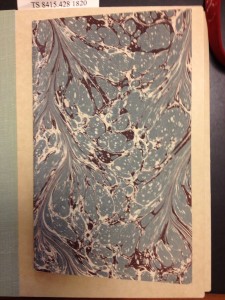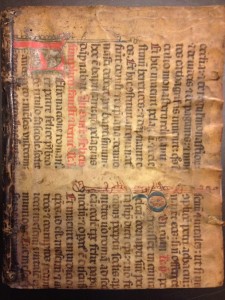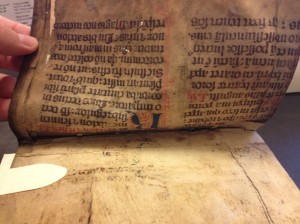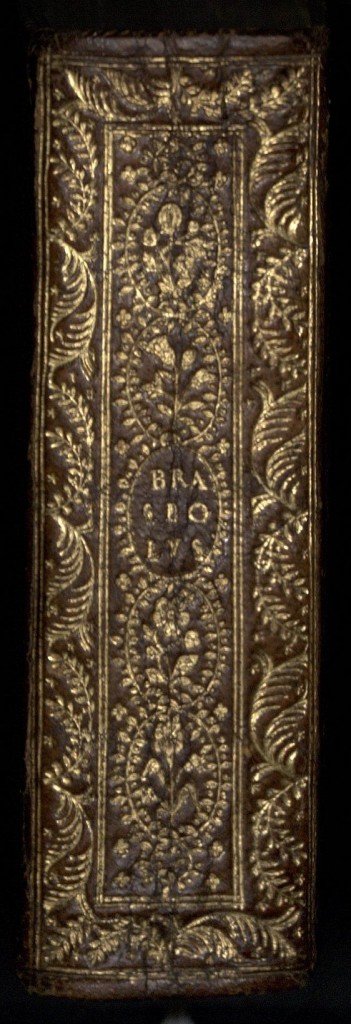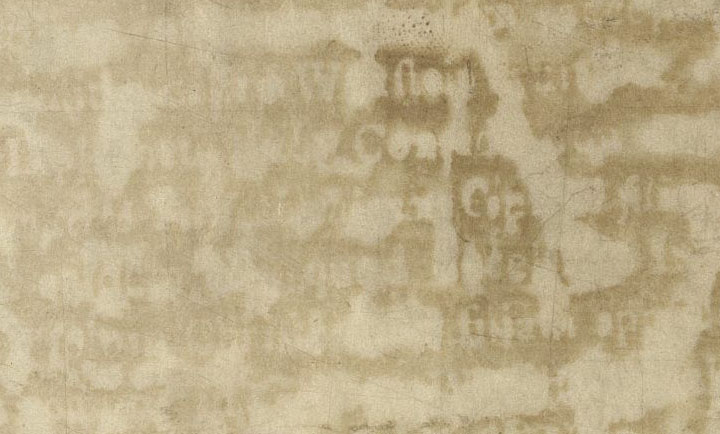Posted by James Capobianco under
conferencesComments Off on RBMS Day 1
My first RBMS has begun in splendid fashion. After a first evening of meeting many people at the opening reception (eating and drinking while filtering among rare book dealers) and the new members mixer (eating and drinking at a local bar), the pre conference got off true start today.
The highlight of the first plenary was Greg Gibson’s stories of the changing landscape of collecting influenced by the internet and auction houses. The questions afterward really helped focus and delve into the meat of the issues.
The first break-out session I attended, called Yes We Scan!, modeled three different responses to the issue of patron initiated scans, along the spectrum outlined in Scan & Deliver, the OCLC report on patron scanning. The Getty, University of Chicago, and San Diego State represented the outside, middle, and inside tracks. Each gave good presentations about their unique patron scanning needs and responses. None perhaps go quite so far as Houghton does in producing metadata and depositing the images for future use, but none perhaps have the resources and staff time to devote to it that Houghton does. One does wonder what would happen if we were to open up patron BookEye scanning in the reading room… perhaps some sort of chaos would ensue.
The Case Study on Collecting in the 21st Century was an overpacked house in a room whose air-conditioning seems to have given out.
John Sherlock of UC Davis told of the unique issues that attempting to collect pamphlets and ephemera of the far right bring to a library, including financial staff balking at cutting a check to the Klu Klux Klan, and the Montana Militia refusing to trust the banks, and instead being content to trust the postal service and their money orders. It makes one wonder what other controversial or extremely anti-rational literature is not being collected by serious research libraries. Scientology? Harold Camping’s Rapture publications? (Adam When?) The list could go on, and as a colleague from Texas A&M asked, do we really want to support these organizations with our money?
Another presenter in that session, Sandra Ludig Brooke, from Princeton’s Marquand Library of Art and Archaeology, spoke about the unique issues, mostly to do with preservation and access, for Art in video. The quagmire of license restrictions placed on edition and non-edition videos seems staggering. The somewhat humerous highlight of this was the final video, Jonas Jones’ 1972 “Duet,” which featured two figures howling at each other quite loudly. It brought a hotel worker from the hallway running in to see what the racket was. Ah, art.
Finally, the second plenary was concerned with Regional Collections, and their importance. I admit to some flagging of energy level by this time, and since for the most part this was outside of my expertise, I actually did better with monitoring the Twitter feed #rbms11 to see other attendees notes.
I have been trying, despite the spotty wireless in the Hilton, to read and contribute in a small way to the twitter backchannel. I hope that tomorrow will bring better internet at LSU. It is somewhat overwhelming, but I appreciate the glimpses into other concurrent sessions that I am not able to attend. (I’m intrigued, for instance, to see the Yale security video)
The day finished quite nicely with a trip to Parrain’s for dinner with the Aeon contingent (Thanks, Christian!). I was somehow seated on an all Texas table, and met many nice people from a couple of different libraries. I reminisced about Houghton before my time there, talked Old English, and ate some tasty cole slaw and fish. A fine time, despite the deluge that awaited our departure.
Pictures may be found in a Picasa album online.
